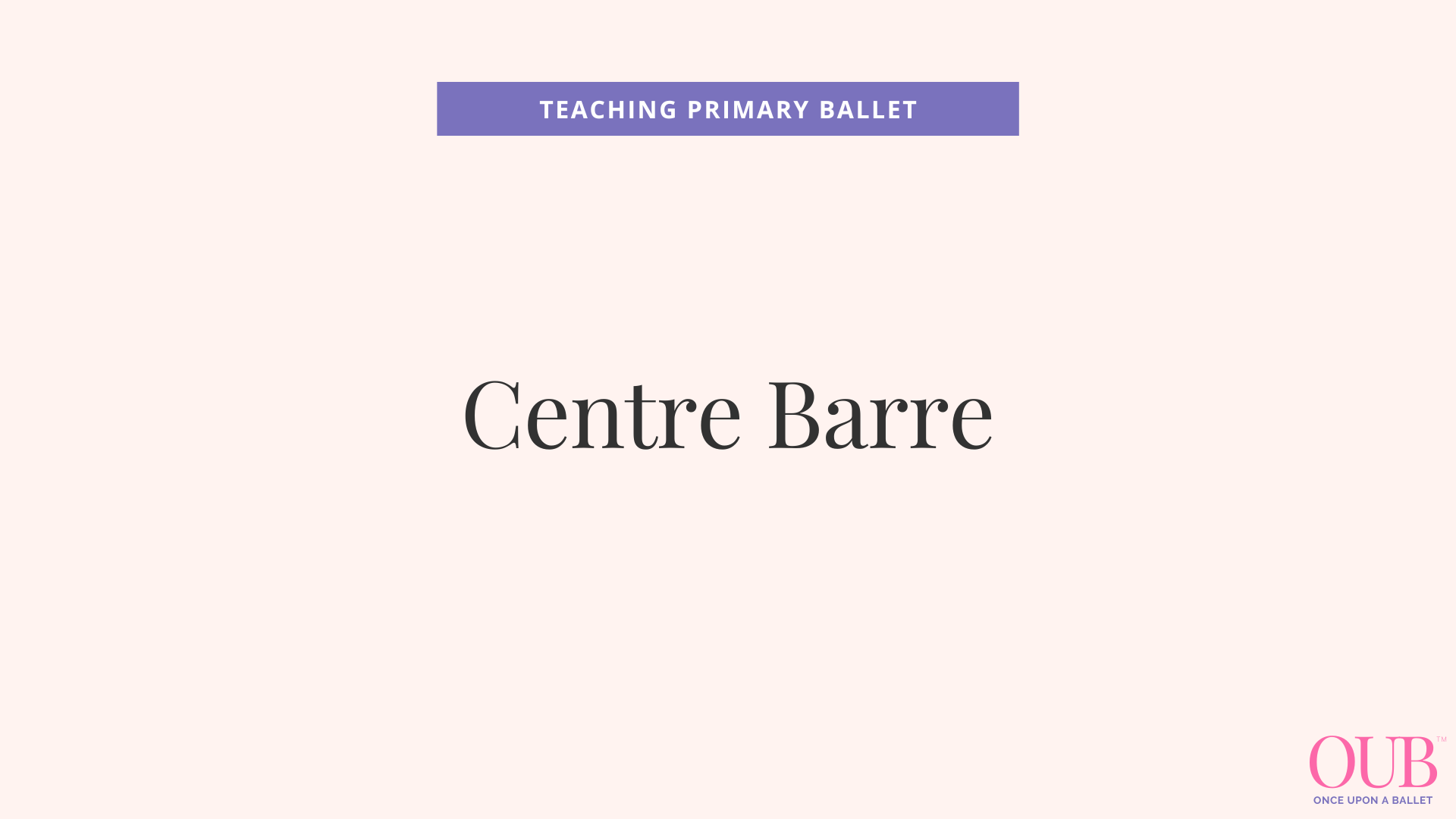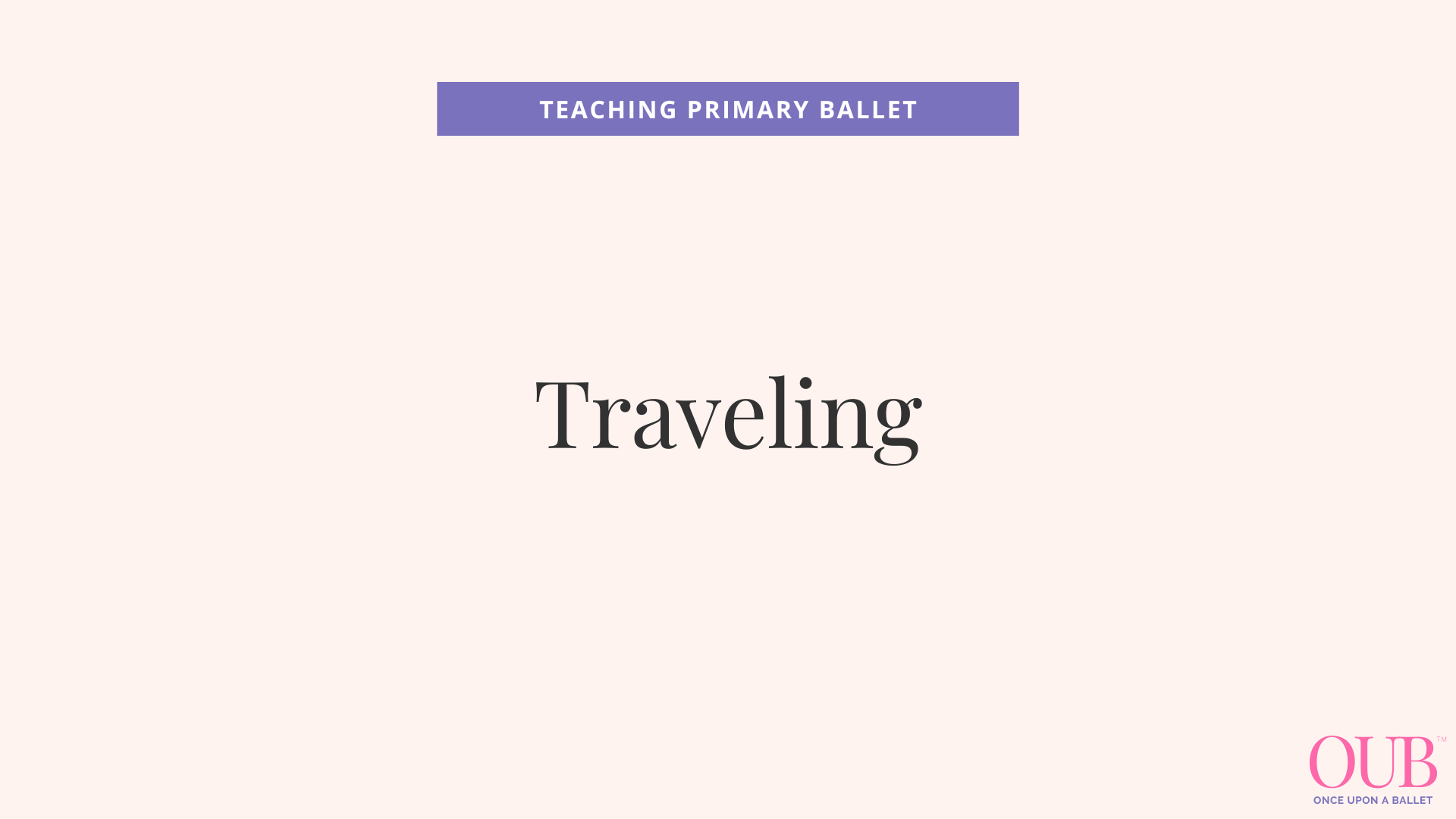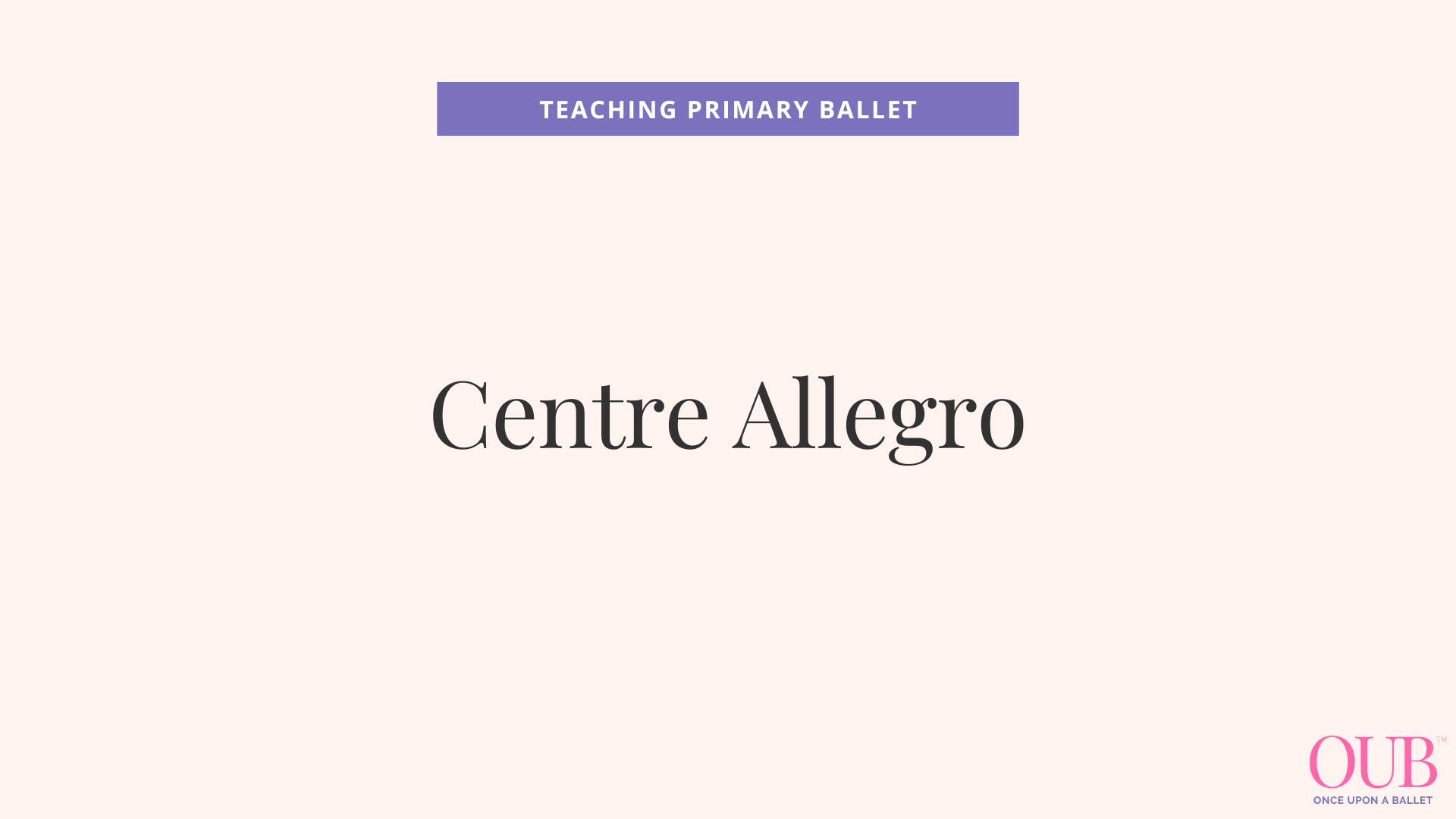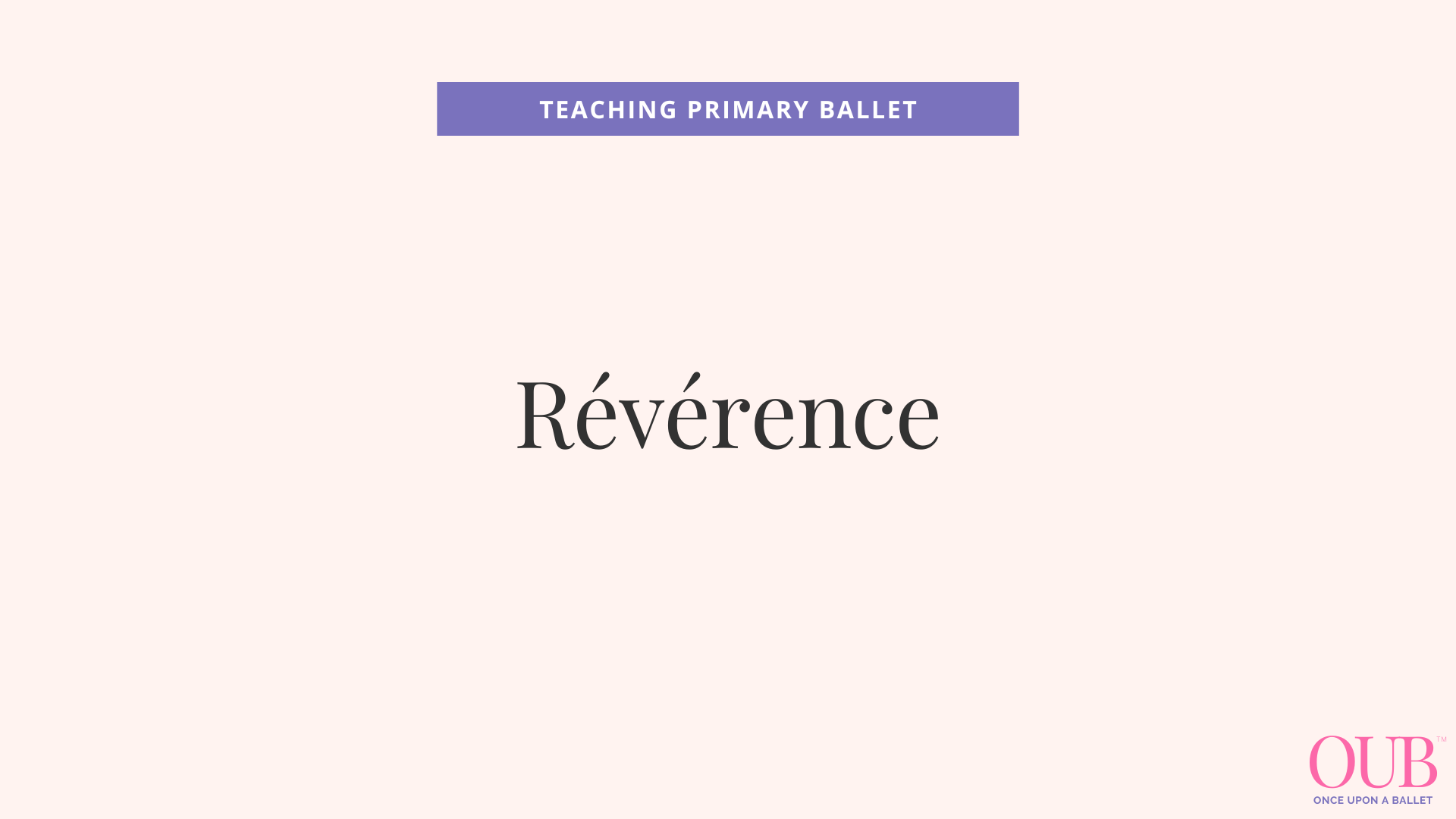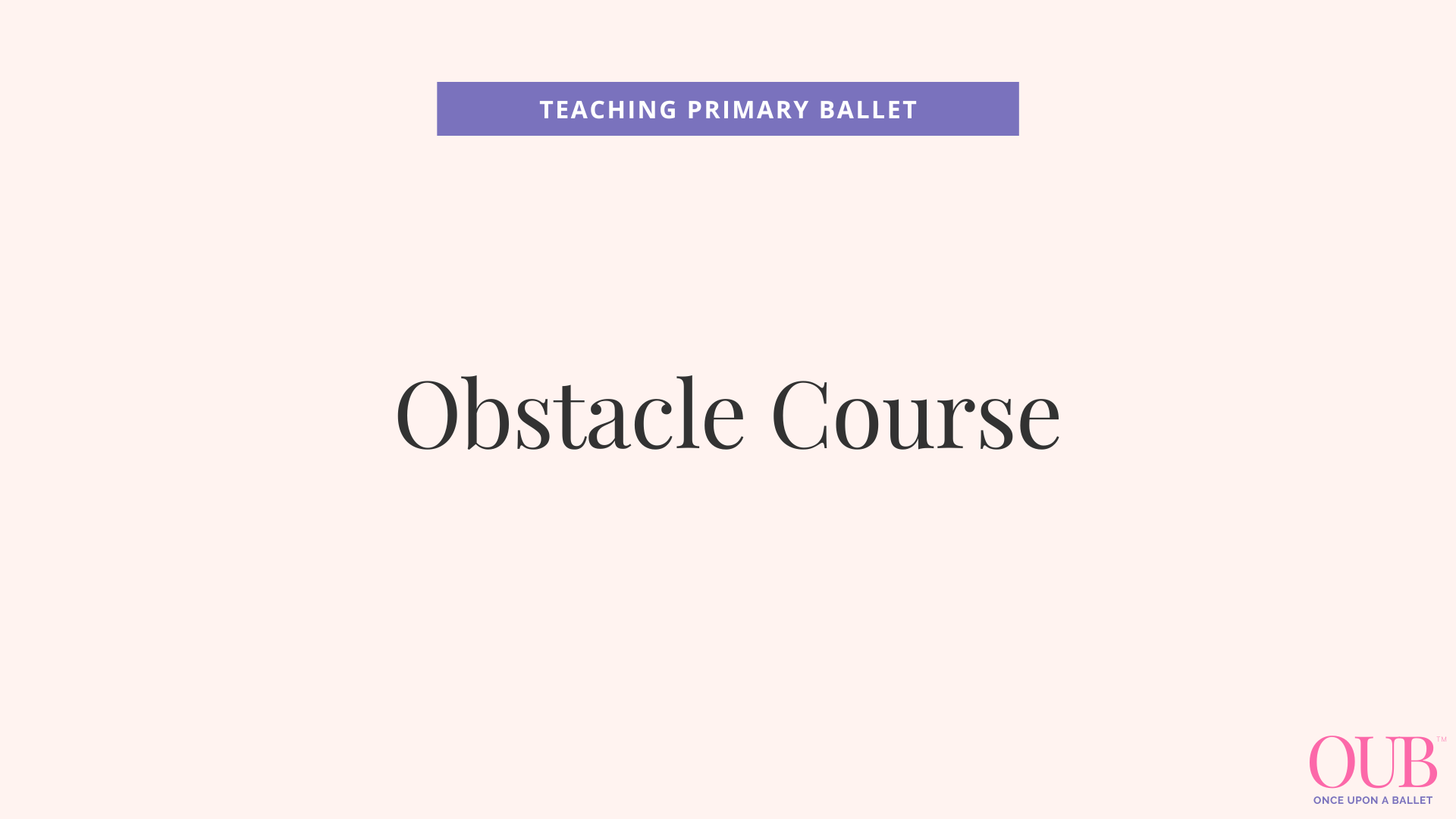The traveling and free dance sections are where the themes and storylines of class lesson plans can really shine. In this lesson, we’ll talk all things traveling. Here, we integrate a big part of storytelling and roleplaying in this section of class. If you use our lesson plans, you’ll see that students are working on the same 10 to 15 traveling steps all year long, but they will do them in a different way with each lesson plan set. For example, they might do passé walks as seahorses floating gracefully through the ocean in our Little Mermaid lesson plan. They might pretend to climb Jack’s beanstalk as they passé walk in our Jack and the Beanstalk lesson plan. They continue to work on the same steps, but using their imaginations makes the step feel different and new!
We also recommend doing a typical across-the-floor traveling pattern, traveling all together in a large circle, and/or using movement cards to also keep this section of class engaging.
For a typical across-the-floor traveling pattern, students wait their turn and travel one or two-at-a-time across the floor. You can incorporate movement cards into this option by letting students draw a card and do that movement across the floor.
You can also have your students travel in a large circle around the room. This is a great option on those shorter-than-usual attention span days because your students don’t have to wait as long between traveling. It can also be great if you want to get through traveling steps faster because you’re working on a recital dance. The downside of this option is all of your students are moving at once. So it can be more difficult to give individual attention and help. Place your movement cards in a pile, face-down, in the center of the room. Your students will stand in a large circle. Call on one student to go to the center and pick a card. Play music and have your students do that movement traveling in a circle. Pause the music as a cue for your students to stop. Repeat the process until you’ve finished with traveling movements.
You can also do the circle option without movement cards. Simply call out a movement for students do to when you’ve paused the music.
Next, I’ll show you each traveling movement for Primary Ballet. I’ve also included traveling movement for earlier levels in case you ever need to take your students back to something simpler and work up to the more difficult traveling steps. You might notice, however, a lot of our traveling steps are the same for preschool and primary levels. This is because, in the preschool level, we are mostly concerned with exposing students to the steps and having them participate and give the steps a try. In Primary Ballet, we can expect more of our students technically. Developmentally, they have more coordination and control. Some steps may still be challenging. But for the ones that aren’t as challenging, expect a higher level of technique from your 5 to 7 year olds. You can encourage (and even expect) things like pointed feet and stretched knees in this level.






